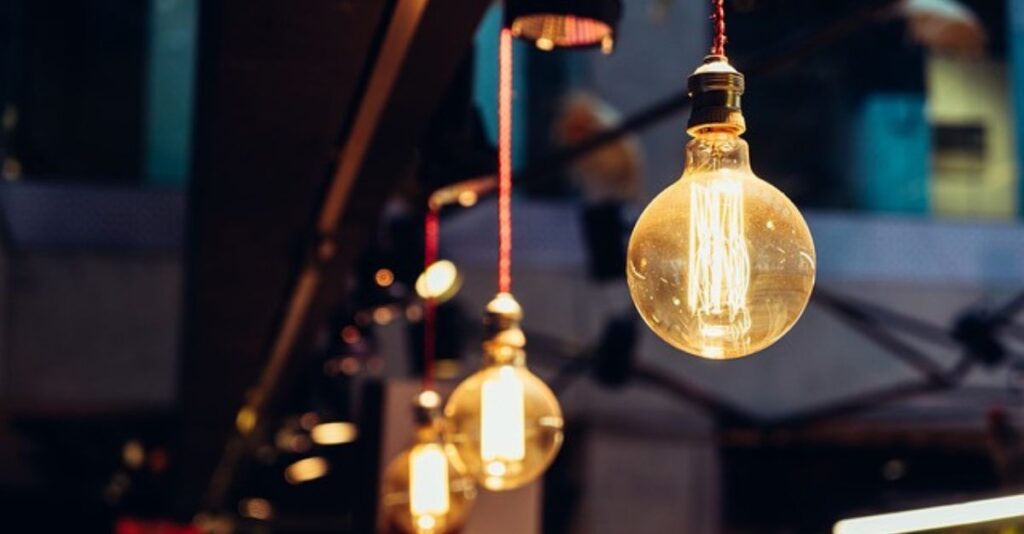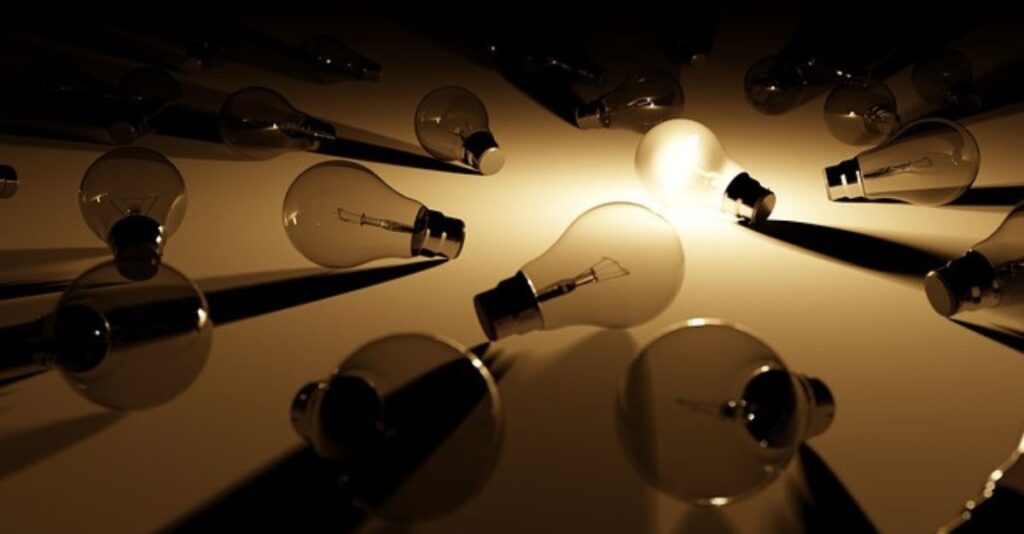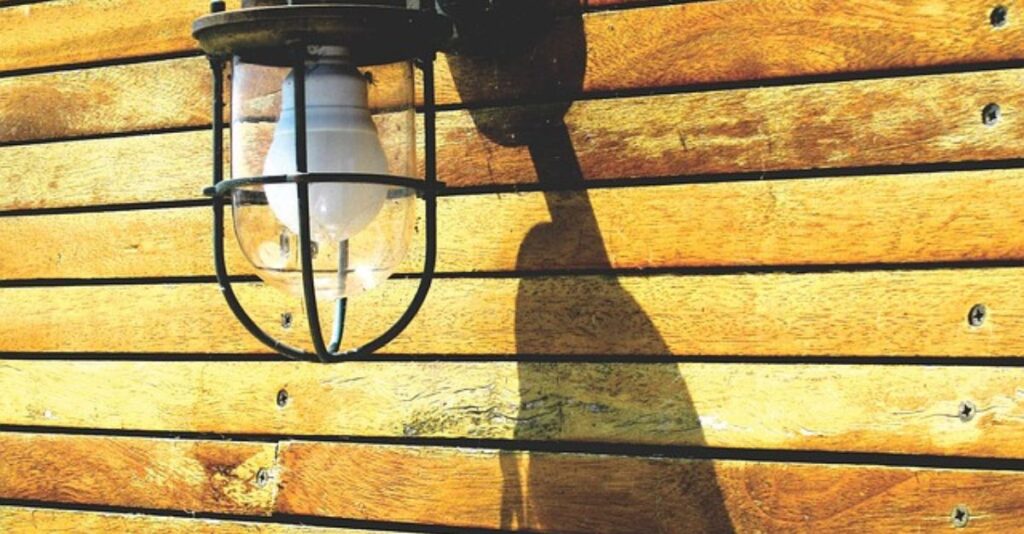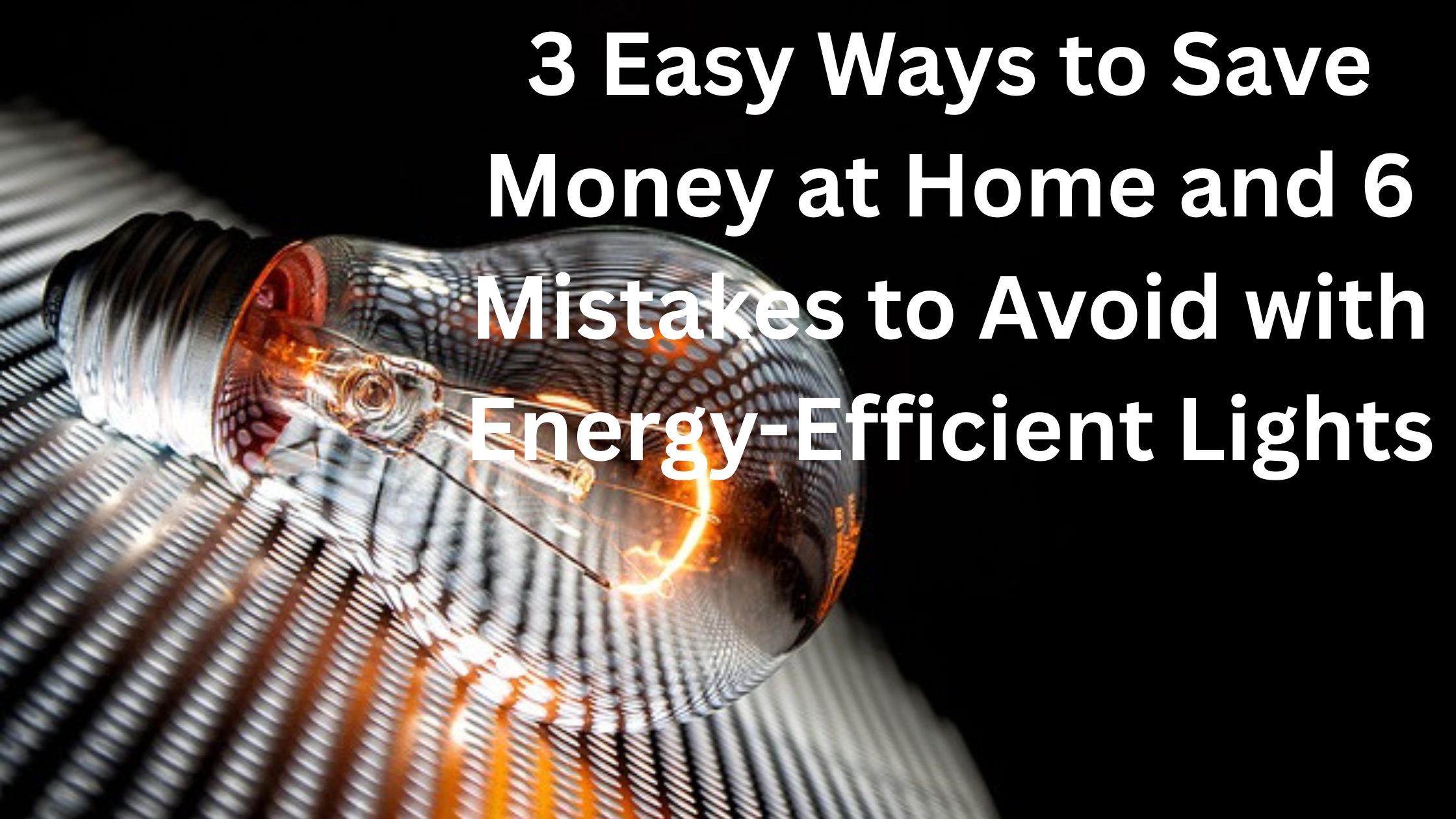Introduction
3 Easy Ways to Save Money at Home and 6 Mistakes to Avoid with Energy-Efficient Lights
Lighting impacts both your energy bills and your quality of life. With the right strategies, you can brighten your home while saving money and reducing environmental impact. In this article, we’ll explore 3 easy ways to improve your home lighting and cut costs, as well as 6 common mistakes to avoid when switching to energy-efficient lighting..
💡 3 Easy Ways to Save Money at Home and Improve Lighting

1. Switch to LED Bulbs
LED bulbs use up to 80% less energy than traditional incandescent bulbs and last 15–25 times longer. Replacing high-use bulbs (like those in the kitchen or living room) with LEDs is one of the quickest and most effective ways to cut energy costs.
Benefit:
Lower utility bills, longer lifespan, and reduced replacement costs.
2. Use Dimmers and Smart Controls
Installing dimmer switches or using smart lighting systems allows you to adjust light levels based on need. Lower light levels use less energy and extend bulb life.
Suggestion:
Use voice-controlled smart bulbs or apps like Google Home or Alexa to automate lighting schedules.
3. Maximize Natural Light
Open curtains during the day, use mirrors to reflect sunlight, and choose lighter wall colors to make the most of natural daylight. This reduces the need for artificial lighting during daylight hours.
Tip:
Place workstations near windows to avoid turning on lights during the day.
❌ 6 Mistakes to Avoid with Energy-Efficient Lights

1. Buying Based on Watts Instead of Lumens
Many people still choose bulbs based on watts, which measure energy use—not brightness. For LEDs, always look at lumens to understand how bright the light will be.
Advice:
A 60-watt incandescent = roughly 800 lumens in LED.
2. Choosing the Wrong Color Temperature
Using bulbs that are too warm or too cool can make a room feel uncomfortable. Color temperature affects ambiance, productivity, and even mood.
Tip:
- 2700K–3000K: Warm white (bedrooms, living rooms)
- 4000K–5000K: Cool white/daylight (kitchens, bathrooms, work areas)
3. Ignoring Dimmability Compatibility
Not all LEDs are dimmable, and using the wrong dimmer can cause flickering or buzzing.
Suggestion:
Always check if the bulb is labeled “dimmable” and match it with a compatible LED dimmer switch.
4. Overlooking Fixture Compatibility
Some LEDs don’t perform well in enclosed fixtures or damp locations, leading to reduced lifespan or performance.
Advice:
Read packaging to make sure bulbs are rated for the intended use (outdoor, enclosed fixtures, etc.).
5. Underestimating Long-Term Value
People often avoid LEDs due to higher upfront costs, missing the long-term savings from lower electricity bills and fewer replacements.
Tip:
Invest in ENERGY STAR-certified bulbs for quality and reliability.
6. Using One Type of Bulb for All Rooms
Each room has different lighting needs. Using the same bulb type throughout your home can lead to inefficient and uncomfortable lighting.
Suggestion:
Use task lighting in kitchens and offices, ambient lighting in living areas, and accent lighting to highlight features.
🌟 Benefits of Smart Lighting Choices
Smart lighting isn’t just about convenience—it’s a powerful way to cut energy costs, improve home comfort, and boost your lifestyle. Whether you’re switching to LEDs, installing smart bulbs, or automating your system, here are the biggest benefits:
💰 1. Lower Energy Bills
Smart lighting solutions, especially LED bulbs and automated systems, can cut your lighting costs by up to 80%. You only use light when and where you need it—no more wasted electricity.
💡 Example: Replacing five frequently used bulbs with ENERGY STAR-rated LEDs can save $75 per year or more.
🕒 2. Longer Lifespan = Fewer Replacements
LED smart bulbs can last 15,000–50,000 hours, meaning you won’t have to change them for years or even decades.
✅ Bonus: Less maintenance and fewer trips to the store!
📱 3. Remote Control & Automation
Turn lights on or off from anywhere using a smartphone, voice assistant, or timer. Set custom lighting scenes, schedules, and even geo-fencing features that trigger lights when you arrive home.
🗣️ “Alexa, turn off the living room lights” – and done!
🌈 4. Adjustable Mood and Ambiance
Smart bulbs offer a full range of color and brightness settings. You can go from bright daylight for work to warm, cozy lighting for movie nights—all with a tap or voice command.
🎮 Ideal for home offices, gaming setups, or relaxation zones.
🌎 5. Eco-Friendly Choice
LEDs use less energy and contain no toxic mercury, making them safer for the environment. Plus, smart controls help reduce overall consumption, cutting your carbon footprint.
🏠 6. Enhanced Safety and Security
Smart outdoor lighting, motion sensors, and automated timers can deter burglars and provide better visibility at night. No more coming home to a dark house!
👨👩👧 7. Customizable for Every Room and Need
From nightlights for kids to bright task lights for the kitchen, smart lighting adapts to each space in your home.
🧠 Smart lighting supports productivity, relaxation, and even better sleep with circadian rhythm-friendly settings.
💡 Lighting Trends to Watch in 2025
As technology evolves and eco-consciousness grows, lighting is becoming more than just functional—it’s smart, stylish, and sustainable. Here are the top lighting trends shaping 2025 that every homeowner, interior designer, and energy-saver should know about:

1. Human-Centric Lighting (HCL)
Lighting designed to support your natural circadian rhythm is gaining popularity. HCL systems adjust color temperature and intensity throughout the day to mimic natural sunlight, promoting better sleep, focus, and overall wellness.
Trend Insight: Expect more bulbs and fixtures that change automatically from cool to warm tones.
2. Smart Lighting Ecosystems
Smart lighting is no longer just about turning lights on and off remotely. In 2025, smart bulbs are part of integrated ecosystems—working with thermostats, security cameras, and voice assistants.
Popular Features:
- Voice control (Alexa, Google Assistant, Siri)
- Geofencing (lights turn on when you arrive home)
- Scheduled automation via apps
- Mood-based scene presets
3. Minimalist, Sleek Fixtures
Modern homes are embracing minimalist design, and lighting is following suit. Expect more built-in LEDs with slim profiles, hidden light sources, and soft glows that blend into ceilings, walls, and furniture.
Hot Style: Linear pendant lights, halo rings, and frameless recessed lighting.
4. Color-Tunable and RGB Mood Lighting
Color-changing LEDs continue to dominate, especially in living rooms, gaming setups, and bedrooms. These lights can shift from daylight white for productivity to warm amber for relaxation—or cycle through RGB colors for ambiance or entertainment.
Cool Feature: Sync lights with music or movies for immersive experiences.
5. Solar-Powered Outdoor Lighting
Sustainability meets convenience with the rise of solar-powered LED outdoor lights. These are perfect for pathways, patios, gardens, and even security lighting—requiring no wiring and using zero electricity.
Upgrade Idea: Motion-sensor solar lights for eco-friendly home security.
6. Energy Monitoring Features
New smart bulbs can track real-time energy usage, helping homeowners make informed choices and reduce waste. Expect this to become more mainstream in 2025 as part of the smart home dashboard.
7. Vintage & Retro Revival—With LED Tech
Vintage-style bulbs with Edison-style filaments are back—but now they’re LED! These offer that nostalgic, warm glow while still being energy-efficient and long-lasting.
Perfect For: Cafés, reading nooks, and rustic-modern interiors.
8. Touchless & Motion-Sensing Controls
Hygiene-conscious and convenience-driven, motion-sensor and wave-activated lights are trending in kitchens, bathrooms, and entryways.
Pro Tip: Install under-cabinet motion lights for a sleek, high-tech touch.
✅ Expert Advice
Making smart lighting choices doesn’t have to be complicated. Follow these expert-backed tips to get the most from your lighting investment:
1. Prioritize High-Use Areas First
Start by upgrading lighting in the rooms you use most—like the kitchen, living room, and bathroom. This gives you the quickest return on energy savings.
2. Always Check the Lighting Facts Label
Before buying any bulb, look at the Lighting Facts label. It tells you the lumens (brightness), color temperature (light appearance), and estimated yearly cost, so you can make informed decisions.
3. Use Layers of Light for Function and Style
Combine ambient, task, and accent lighting in each room. This layered approach improves visibility, ambiance, and energy efficiency.
4. Choose ENERGY STAR Certified Bulbs
These bulbs undergo rigorous testing and meet strict energy efficiency guidelines. They also come with better warranties and longer lifespans.
5. Test Color Temperature in the Space
Buy one bulb first and test it in the room before buying a full set. Lighting can look different depending on wall color, furniture, and room size.
6. Upgrade Old Dimmer Switches
If you’re using dimmable LEDs, make sure your dimmer switch is LED-compatible to avoid flickering or reduced bulb lifespan.
7. Don’t Ignore Outdoor Lighting
Use motion-sensor or solar-powered LEDs for pathways, porches, and driveways. It’s safer, energy-efficient, and cost-effective.
🔚 Conclusion
Smart lighting is one of the simplest ways to reduce your electric bill, enhance your home’s atmosphere, and minimize your environmental impact. By avoiding common mistakes and following a few easy tips, you can make your lighting more efficient and effective—saving money while living more comfortably.
📚 References
- U.S. Department of Energy – Energy Saver
- ENERGY STAR – Lighting Tips
- Consumer Reports – Best LED Light Bulbs
- Lighting Facts Label Guide – FTC
❓ Frequently Asked Questions (FAQs)
Q1: Do LED bulbs work in any light fixture?
A1: Most do, but enclosed or damp-rated fixtures require compatible bulbs. Check packaging.
Q2: Can smart bulbs save money?
A2: Yes! They allow scheduling and automation, reducing energy use when lights aren’t needed.
Q3: What color temperature is best for reading?
A3: Cool white (4000K–5000K) mimics daylight and reduces eye strain while reading.
Q4: How long do LED bulbs really last?
A4: Quality LED bulbs last 15,000 to 50,000 hours, depending on usage and brand.
Q5: Are expensive LED bulbs worth it?
A5: Definitely. They often perform better, last longer, and come with warranties—saving you more in the long run.

